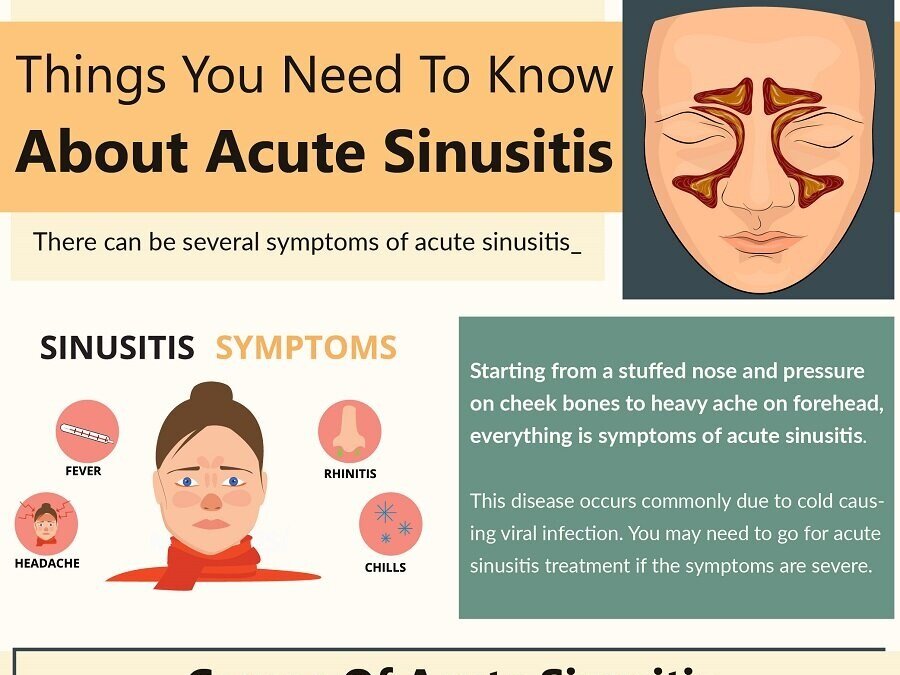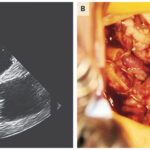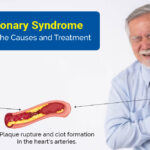Acute bacterial sinusitis (ABS) is a common condition characterized by inflammation and infection of the sinus cavities, usually following a viral upper respiratory infection. This guide provides a detailed overview of its causes, symptoms, diagnostic methods, and evidence-based treatments to manage and resolve the condition effectively.

Understanding Acute Bacterial Sinusitis
Acute bacterial sinusitis occurs when bacterial pathogens infect the paranasal sinuses, causing inflammation and mucus buildup. It typically lasts less than four weeks and often develops as a secondary infection following a viral cold or allergies.
Key Causes of Acute Bacterial Sinusitis
The condition arises when normal sinus drainage is obstructed, creating an environment for bacterial growth. Common causes include:
- Viral Infections: A primary viral cold can lead to sinus obstruction and subsequent bacterial overgrowth.
- Allergic Rhinitis: Allergies that cause nasal inflammation may block sinuses and facilitate bacterial colonization.
- Structural Abnormalities: Deviated septum, nasal polyps, or other structural issues can obstruct normal drainage pathways.
- Dental Infections: Infections of the upper teeth can spread to the maxillary sinuses, causing sinusitis.
Common Bacterial Pathogens
The most frequent bacterial culprits in acute bacterial sinusitis include:
- Streptococcus pneumoniae
- Haemophilus influenzae
- Moraxella catarrhalis
These pathogens are often present in the upper respiratory tract and may cause infections when immune defenses are compromised.
Recognizing the Symptoms of Acute Bacterial Sinusitis
Accurate identification of symptoms is crucial for distinguishing acute bacterial sinusitis from viral sinusitis. Common symptoms include:
- Persistent Nasal Congestion: Lasting more than 10 days without improvement.
- Purulent Nasal Discharge: Thick, yellow or green mucus discharge from the nose.
- Facial Pain or Pressure: Especially around the forehead, cheeks, and eyes, often worsening when bending forward.
- Fever: Low-grade or high-grade fever may accompany bacterial sinusitis.
- Headache: Localized pain in the frontal or maxillary sinus areas.
- Fatigue: Generalized exhaustion due to infection and inflammation.
Red flag symptoms, such as severe headache, swelling around the eyes, or altered vision, may indicate complications and require immediate medical attention.
Diagnosing
Clinical Diagnosis
Diagnosis is often based on history and physical examination. Key diagnostic criteria include:
- Symptom Duration: Symptoms lasting longer than 10 days without improvement.
- Double Worsening: Initial improvement followed by sudden symptom worsening.
- Severe Symptoms: High fever (>39°C or 102°F), purulent nasal discharge, and significant facial pain for three to four consecutive days.
Imaging Studies
While not routinely required, imaging may be necessary in complicated cases:
- CT Scan: Provides detailed views of sinus structures to identify obstruction or complications.
- MRI: Used to assess soft tissue involvement or when fungal sinusitis is suspected.
Laboratory Tests
In severe or recurrent cases, nasal cultures may be collected to identify the specific bacterial pathogen and guide antibiotic therapy.
Treatment
Effective treatment of acute bacterial sinusitis involves symptom management and targeted antimicrobial therapy.
Symptomatic Relief
- Nasal Decongestants: Over-the-counter sprays like oxymetazoline can provide temporary relief but should not be used for more than three days.
- Saline Irrigation: Regular saline rinses help flush mucus and reduce nasal inflammation.
- Pain Relievers: NSAIDs like ibuprofen can alleviate facial pain and pressure.
Antibiotic Therapy
Antibiotics are indicated in moderate to severe cases or when symptoms persist beyond 10 days. First-line antibiotics include:
- Amoxicillin-Clavulanate: Preferred for its effectiveness against common pathogens.
- Doxycycline: An alternative for patients with penicillin allergies.
- Levofloxacin or Moxifloxacin: Reserved for complicated or resistant cases.
The usual course of antibiotics lasts 5 to 10 days, depending on severity and patient response.
Complications
If left untreated, acute bacterial sinusitis can lead to severe complications, including:
- Orbital Cellulitis: Inflammation of tissues around the eyes, potentially leading to vision loss.
- Intracranial Abscess: Infection spreading to the brain, causing life-threatening abscess formation.
- Chronic Sinusitis: Prolonged inflammation resulting in recurring or persistent symptoms.
Early diagnosis and prompt treatment are essential to prevent these outcomes.
Prevention of Acute Bacterial Sinusitis
Tips for Reducing Risk
- Practice Good Hygiene: Regular handwashing reduces the risk of upper respiratory infections.
- Manage Allergies: Effective allergy control minimizes sinus inflammation.
- Stay Hydrated: Adequate fluid intake helps maintain mucus flow.
- Avoid Smoking: Smoking irritates nasal passages and impairs natural defenses.
Acute bacterial sinusitis is a prevalent condition requiring timely diagnosis and appropriate treatment to prevent complications. By understanding its causes, recognizing the symptoms, and employing effective treatment strategies, healthcare providers can ensure better outcomes for patients. Preventative measures and awareness are key to minimizing the incidence of this condition.

